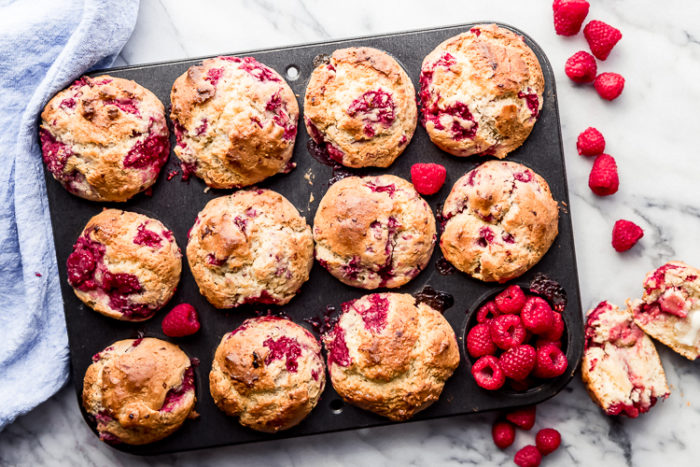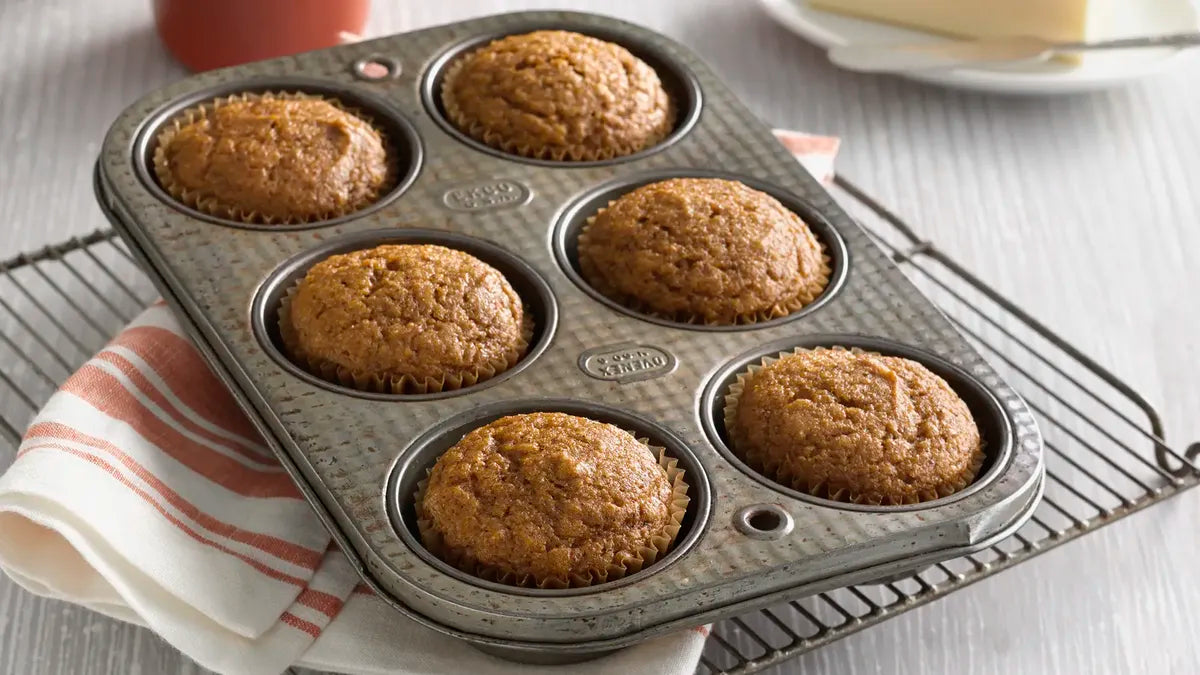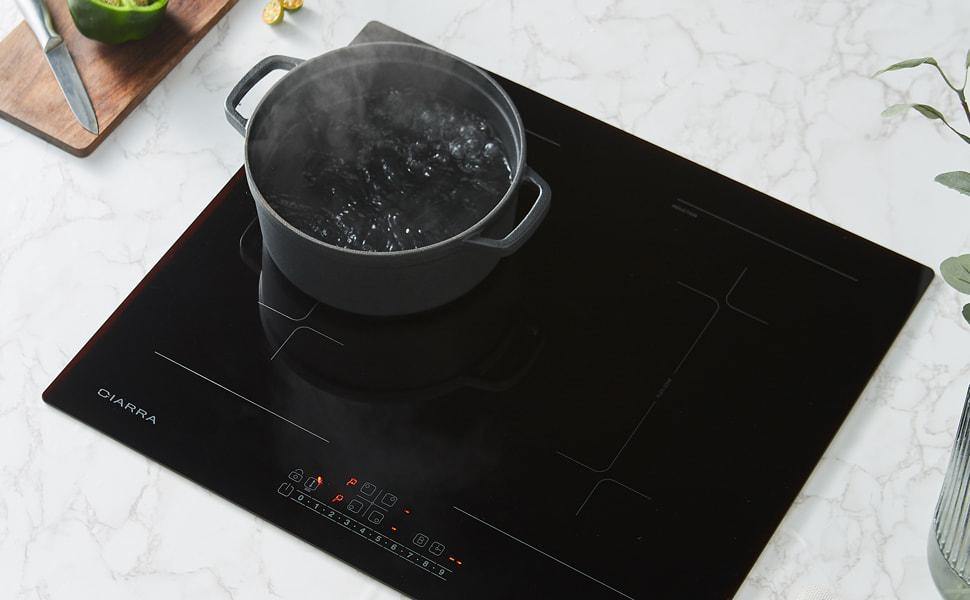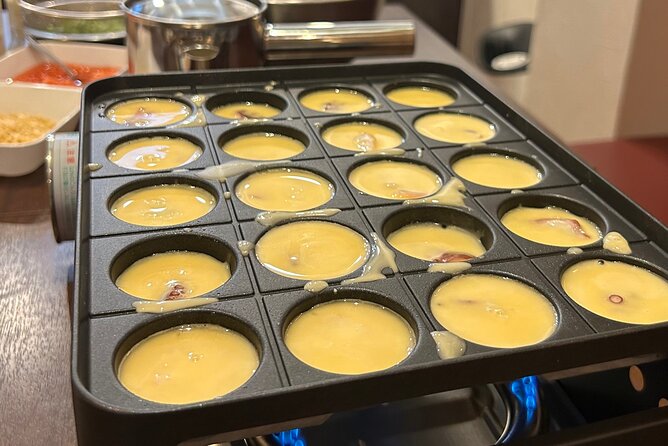For kitchen professionals and home cooks alike, the question do cast iron pans retain nutrients often sparks curiosity. Known for their durability and versatility, cast iron pans have been a staple in kitchens for centuries. But beyond their cooking capabilities, there's an ongoing debate about whether these pans contribute to nutrient retention in food. This article aims to delve into this topic, exploring both the science and the culinary benefits of using cast iron cookware.
To fully appreciate the potential nutritional benefits of cast iron pans, it is crucial to understand their unique properties. Unlike other types of cookware, cast iron pans have the ability to leach small amounts of iron into food. For those with iron deficiencies, this can be a significant benefit, potentially aiding in the maintenance of healthy iron levels in the body. Let's explore further to see how this works and whether it truly makes a difference.

Understanding Nutrient Retention in Cooking
Nutrient retention is a critical consideration for chefs and kitchen professionals. It refers to the preservation of vitamins and minerals during cooking. Different cooking methods can affect how nutrients are retained or lost. For instance, boiling can cause water-soluble vitamins like vitamin C and B vitamins to leach into the cooking water, whereas steaming tends to preserve more nutrients.
Using a cast iron pan may influence nutrient retention in a couple of ways. First, the heat distribution of cast iron is superior to many other materials, providing even cooking temperatures that help preserve nutrients. Secondly, as mentioned earlier, cooking with cast iron can increase the iron content of food, which can be particularly beneficial for individuals with low iron levels.
How Cast Iron Pans Affect Iron Content in Food
One of the most intriguing aspects of cooking with cast iron is its ability to increase the iron content of food. This occurs because the iron from the pan can migrate into the food during the cooking process. This is especially true for acidic foods like tomato sauces, which can facilitate the release of iron.
However, the amount of iron that is transferred can vary depending on several factors, including the age of the pan, the type of food being cooked, and the cooking duration. Research indicates that foods cooked in cast iron can absorb a measurable amount of iron, with this being more pronounced in foods that are cooked for longer periods or those that are more acidic.
Cooking Techniques with Cast Iron
For kitchen professionals seeking to maximize nutrient retention while cooking with cast iron, there are several techniques to consider. First, proper seasoning of the pan is essential to create a natural non-stick surface, which can help prevent nutrient loss by reducing the need for excessive oils or fats.
Moreover, understanding the balance between searing and slow cooking in cast iron can be beneficial. Searing helps to lock in juices and nutrients, especially in meats, while slow cooking can enhance flavors and maintain nutrient integrity in stews and casseroles. For more on the best practices for using cast iron, you can explore this re-seasoning vintage cast iron pans guide.
Other Benefits of Cast Iron Cookware
Beyond the potential nutritional benefits, cast iron pans offer a range of advantages for culinary professionals. They are highly durable and can last for generations with proper care. Their ability to retain and evenly distribute heat makes them ideal for a variety of cooking methods, from frying to baking.
Cast iron pans are also a sustainable option, as they reduce the need for non-renewable materials and can be restored and re-seasoned over time. For those interested in versatile dessert ideas using cast iron, check out these cast iron muffin pan dessert ideas.
Conclusion
The question of whether cast iron pans retain nutrients is multifaceted. While they do not necessarily retain more nutrients than other cooking methods, they can contribute additional iron to your diet, which is a valuable benefit for many. For kitchen professionals, understanding the properties and benefits of cast iron can enhance both cooking techniques and nutritional outcomes.
Embracing cast iron cookware not only offers potential nutritional benefits but also presents an opportunity to explore new culinary techniques and recipes. To discover more about the practical applications of cast iron in the kitchen, you can visit this review of cast iron muffin pans.

FAQ
Q1: How much iron can food absorb from a cast iron pan?
A: The amount of iron absorbed can vary significantly based on several factors, such as the acidity of the food, the cooking time, and the age of the pan. Generally, more acidic foods and longer cooking times result in higher iron absorption.
Q2: Are there any foods that should not be cooked in cast iron?
A: While cast iron is versatile, it's best to avoid cooking highly acidic foods for long periods as they can strip the seasoning. Also, delicate fish might stick to the pan if not properly seasoned.
Q3: How can I maintain my cast iron pan?
A: Regular seasoning and proper cleaning are key to maintaining cast iron. Avoid using soap, and instead, use warm water and a brush or cloth. Dry thoroughly and apply a thin layer of oil to prevent rusting. For more tips, consider reading about food safety with cast iron pans.
This article contains affiliate links. We may earn a commission at no extra cost to you.






Leave a comment
This site is protected by hCaptcha and the hCaptcha Privacy Policy and Terms of Service apply.